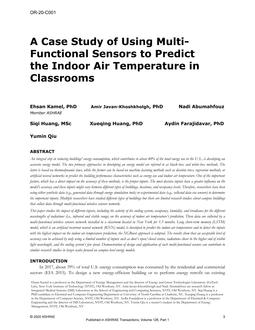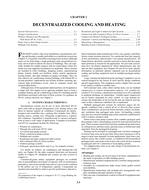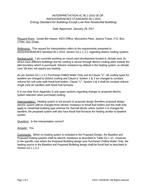Investigations of vertical flow for gas-liquid mixtures have received attention since the late 1920’s when gas-lift principles were applied to oil-well production. A, physical description of single phase flow is usually given adequately as in the laminar, turbulent, or transition regions. For two-phase flow the gas and liquid phases are nearly always separated, at least in part, A physical description, therefore, requires a specification of how the phases are distributed in the tube cross section. This is done by classifying different two-phase flow configurations, called flow patterns.
Much of the attention of previous investigations has been in the development of “flow maps” to correlate the observed flow patterns with various flow variables. Other investigations have been concerned with the development of methods to calculate the pressure drop of a two-phase gas-liquid flow. Here a knowledge of the liquid hold-up is required, and methods for its prediction are usually included.
Product Details
- Published:
- 1974
- Number of Pages:
- 176
- File Size:
- 1 file , 3.7 MB
- Product Code(s):
- D-RP-134


